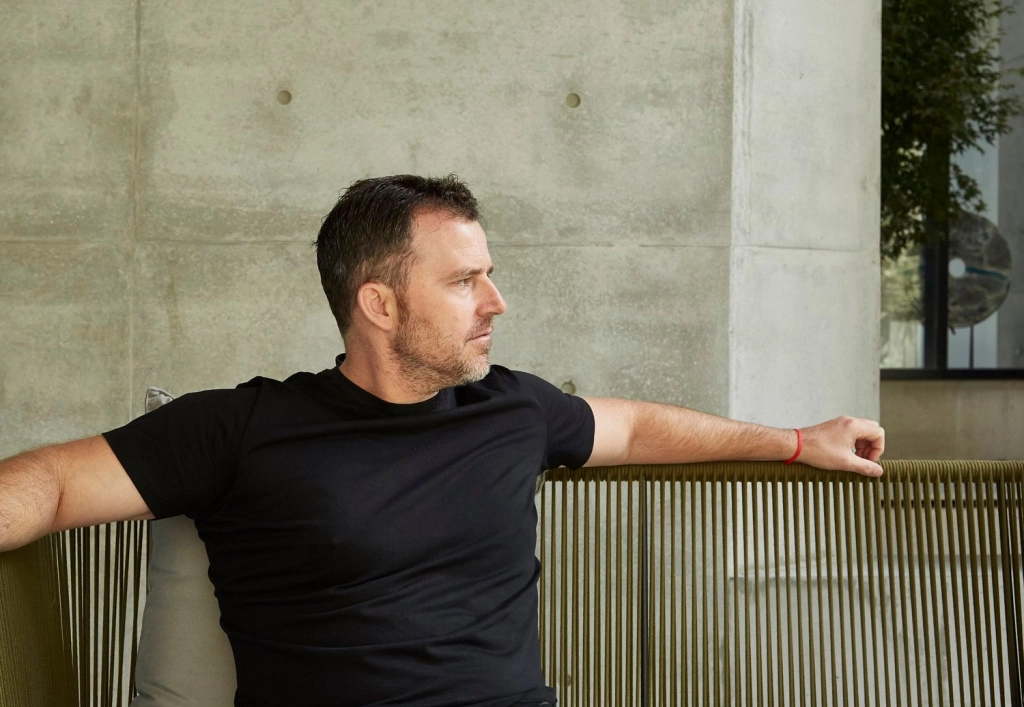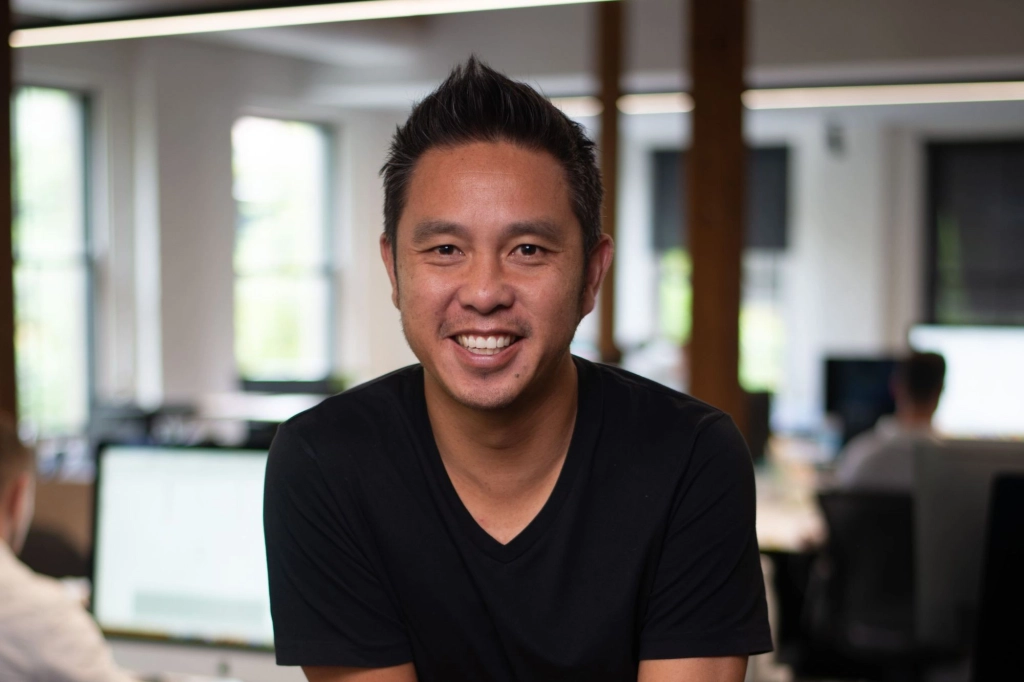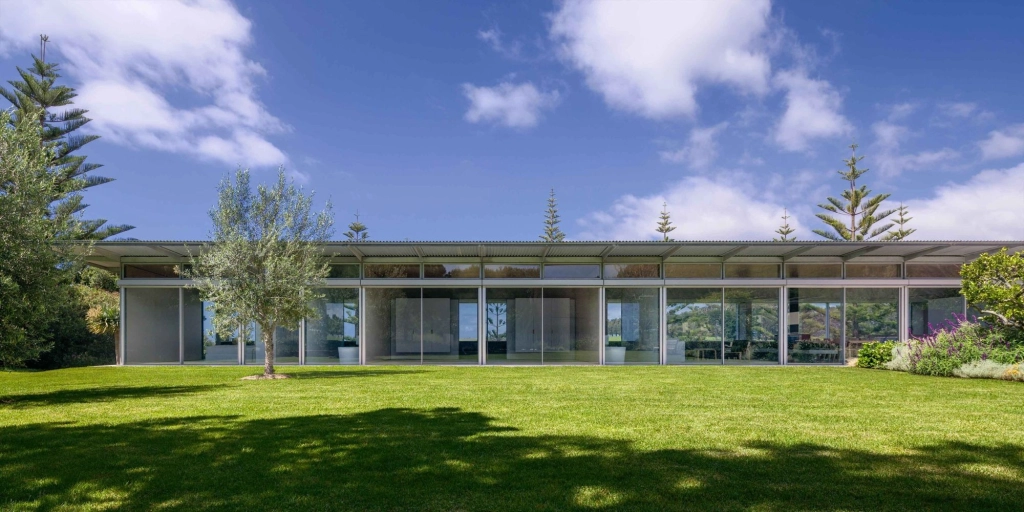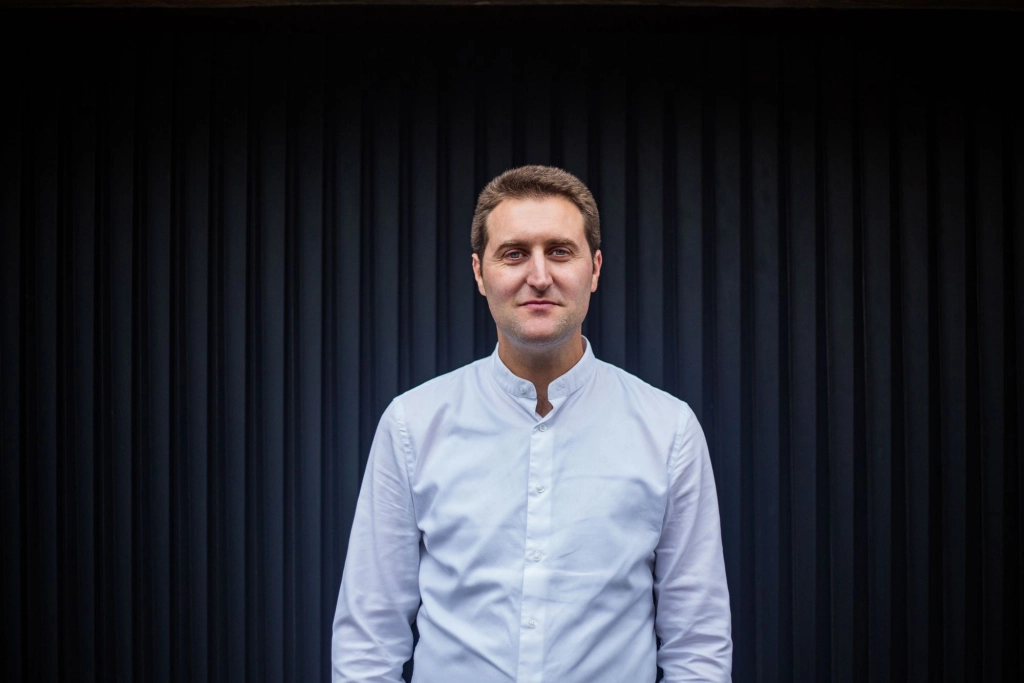It is really important to commit entirely to architecture; it is a very all-or-nothing career, in my opinion.
What does architecture mean to you?
A misconception is that architecture is purely about building stuff. For me, it’s really about optimising the way people experience a place and engage with the world around them. It's about understanding the relationship between the built and the unbuilt so that one can create a more memorable, sustainable and beautiful experience of a place.
Where did it all start? Was there a significant building or an experience that piqued your interest in architecture?
I come from a family of economists and accountants, so as a young kid architecture represented the furthest reach of what I didn’t understand!
Probably the real ‘lightbulb moment’ was in the year out after my fourth year. I travelled Europe to see all the great modern buildings and when I went to the chapel in Ronchamp by Le Corbusier. Being in that space – which is serendipitously a church – I had a religious/architectural awakening. The penny dropped and architecture went from being something I was battling my way through at university to something that represented the potential to change the way somebody experiences the world.
Of course, an initial curiosity is one thing, but it’s quite another to sustain it over many years and the inevitable challenges that come with the discipline.
That’s the truth. It is really important to commit entirely to architecture; it is a very all-or-nothing career, in my opinion.
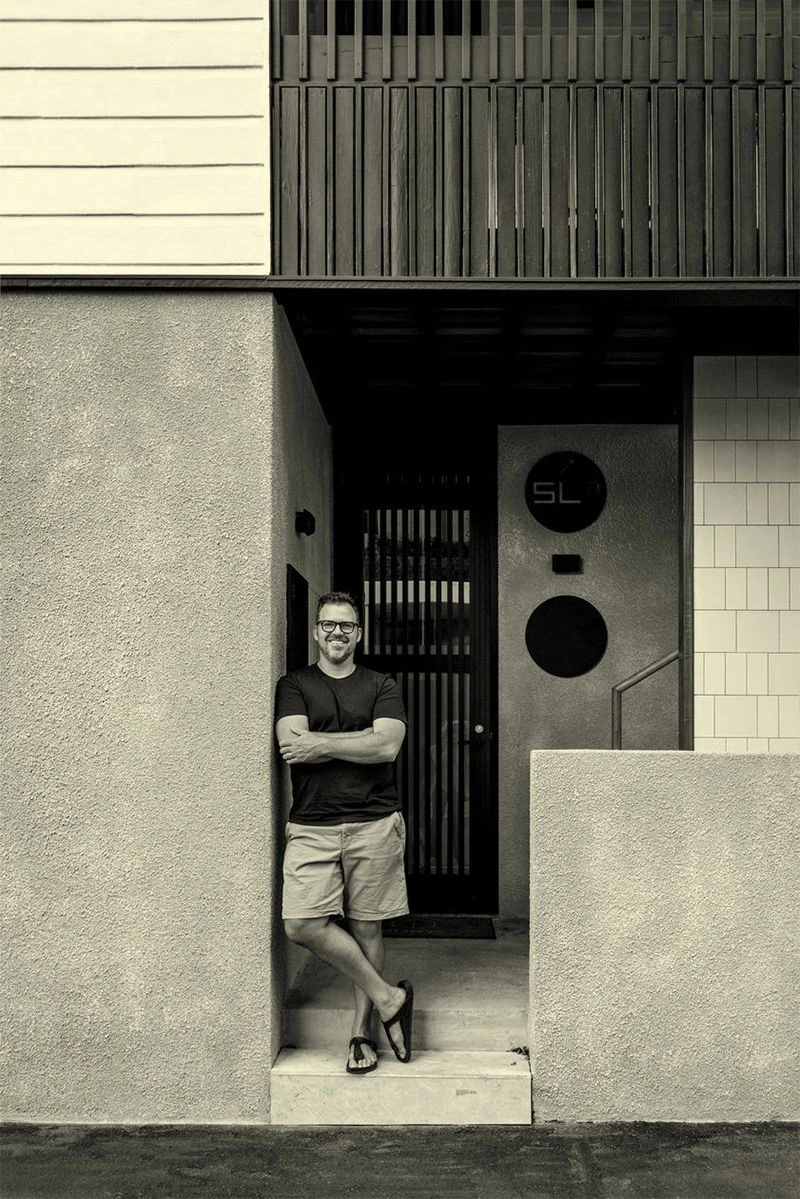
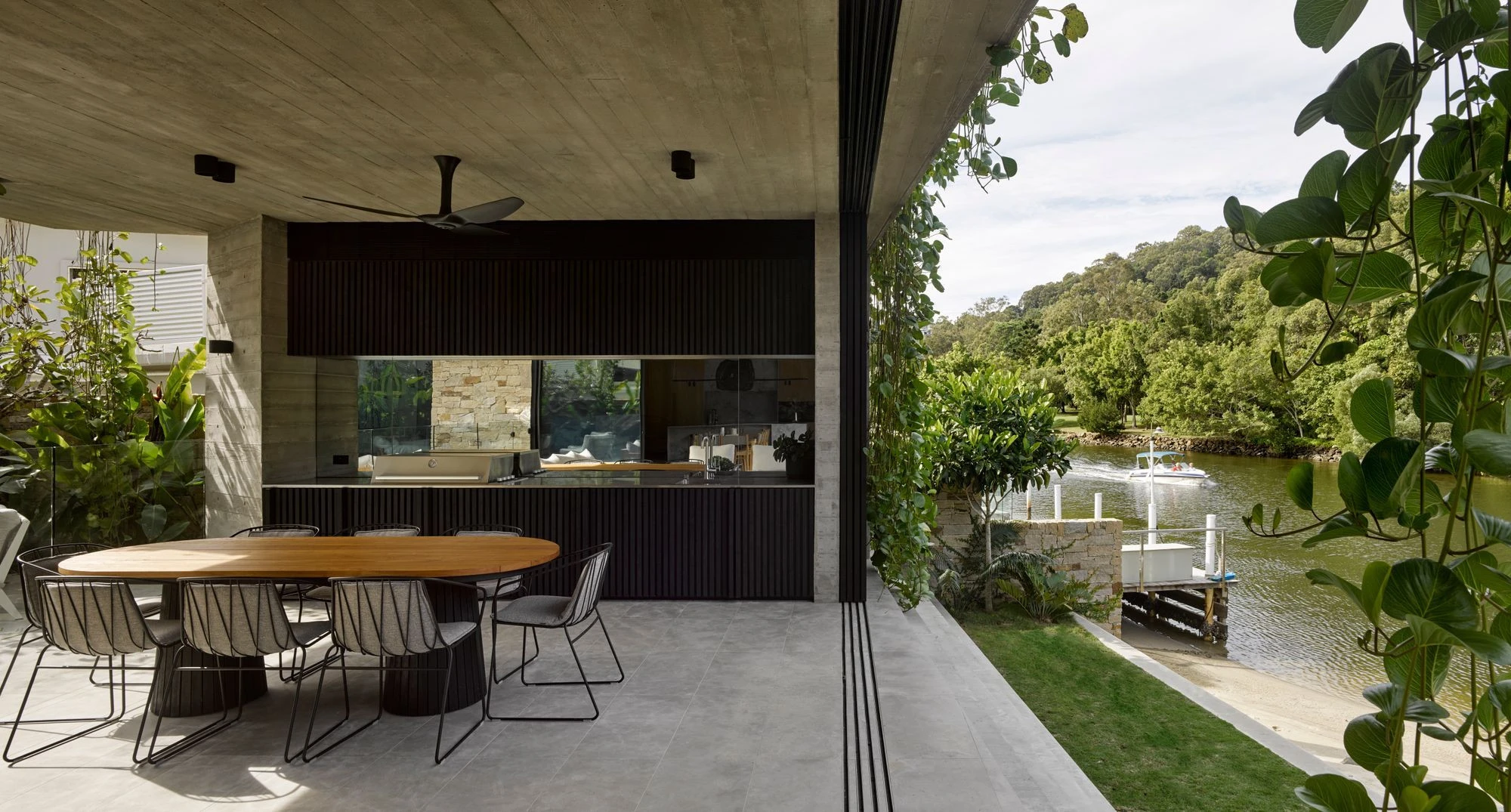
What do you believe has been the key to maintaining, growing and evolving your interest in architecture?
I think you do need to maintain a passion about the capacity to have a profound impact on people’s lives.
And, for me, beyond the day-to-day stuff, the relationships that I’ve established with people, sometimes through very challenging projects, and the enduring friendships I’ve established through the process of working with people over 30 years continues to be the thing that drives me forward.
Is there a project that stands out for you as being formative in making you the architect you are today?
One of the most lasting impressions I have was one the very first projects I did: a house in Clifton, in Cape Town. I went on to do two houses for that same client so I had the opportunity to not only have a repeat client, work for three generations of one family, but he became a very close friend. He’s also the person complicit in starting my passion for German luxury cars! My friendship continues to endure with his family to this day, 27 years later.
It’s the absence of the product that makes it so special.
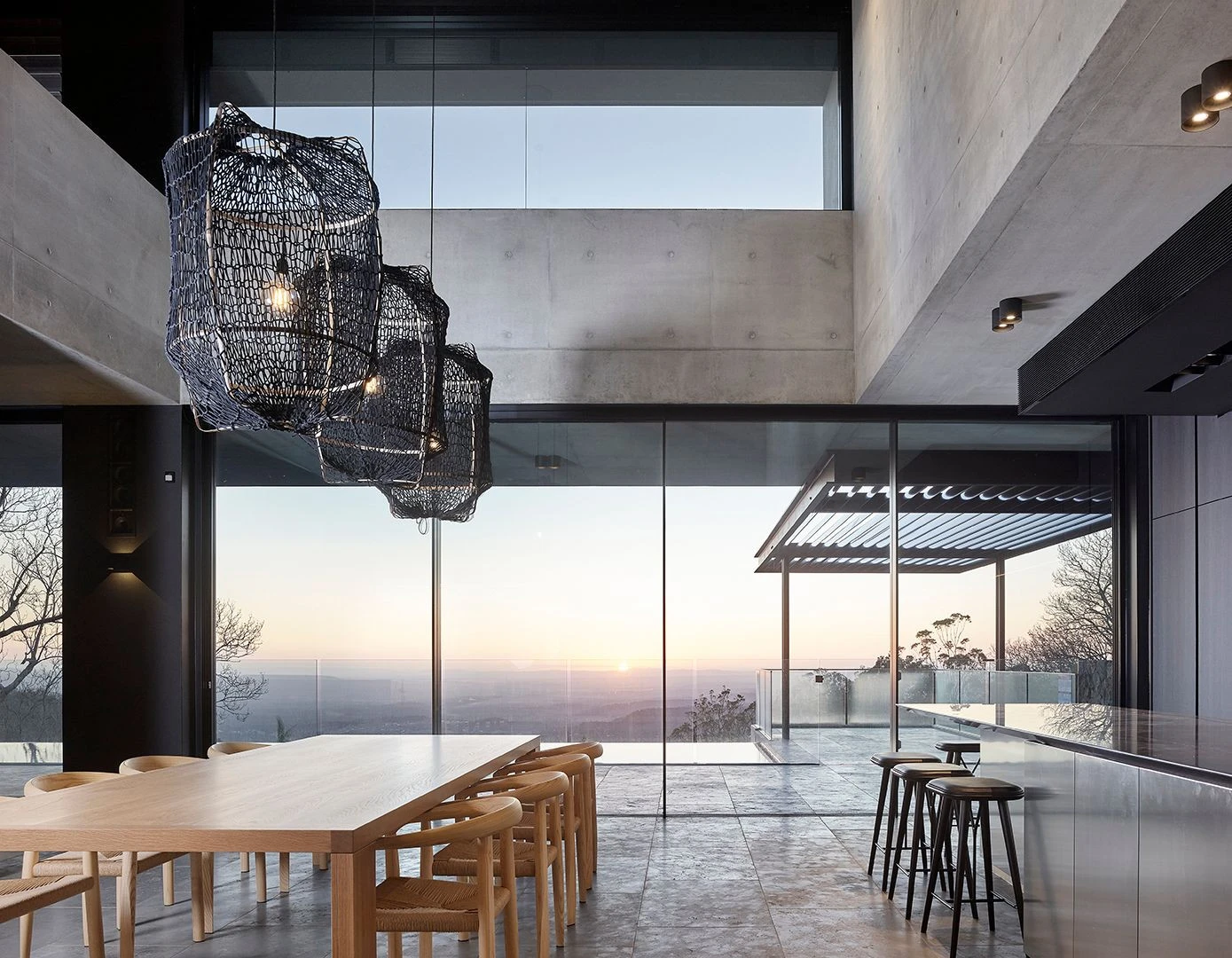
What are some of the fundamental principles that underpin your work?
Rationality, order, and simplicity underpinning strategic decisions. We’re very focused on trying to make decisions first and foremost to have a positive impact on people’s lives rather than being gratuitous and wilful in the way resources and money are used in the project.
What is the role of a window in architecture?
Massive. Particularly in the subtropics, windows occupy a different hierarchy in our thinking than perhaps in other, colder climates. Here, doors and windows are about mediating between completely internal and external experiences.
Being able to design door and window systems such that we can slide entire façades of buildings away and experience a place in almost the same way whether a door is open or not is something particularly special and unique about Vitrocsa. The minimalism, the beauty and the efficiency of the Vitrocsa system allows you to experience the place rather than the devices that separate you from it.
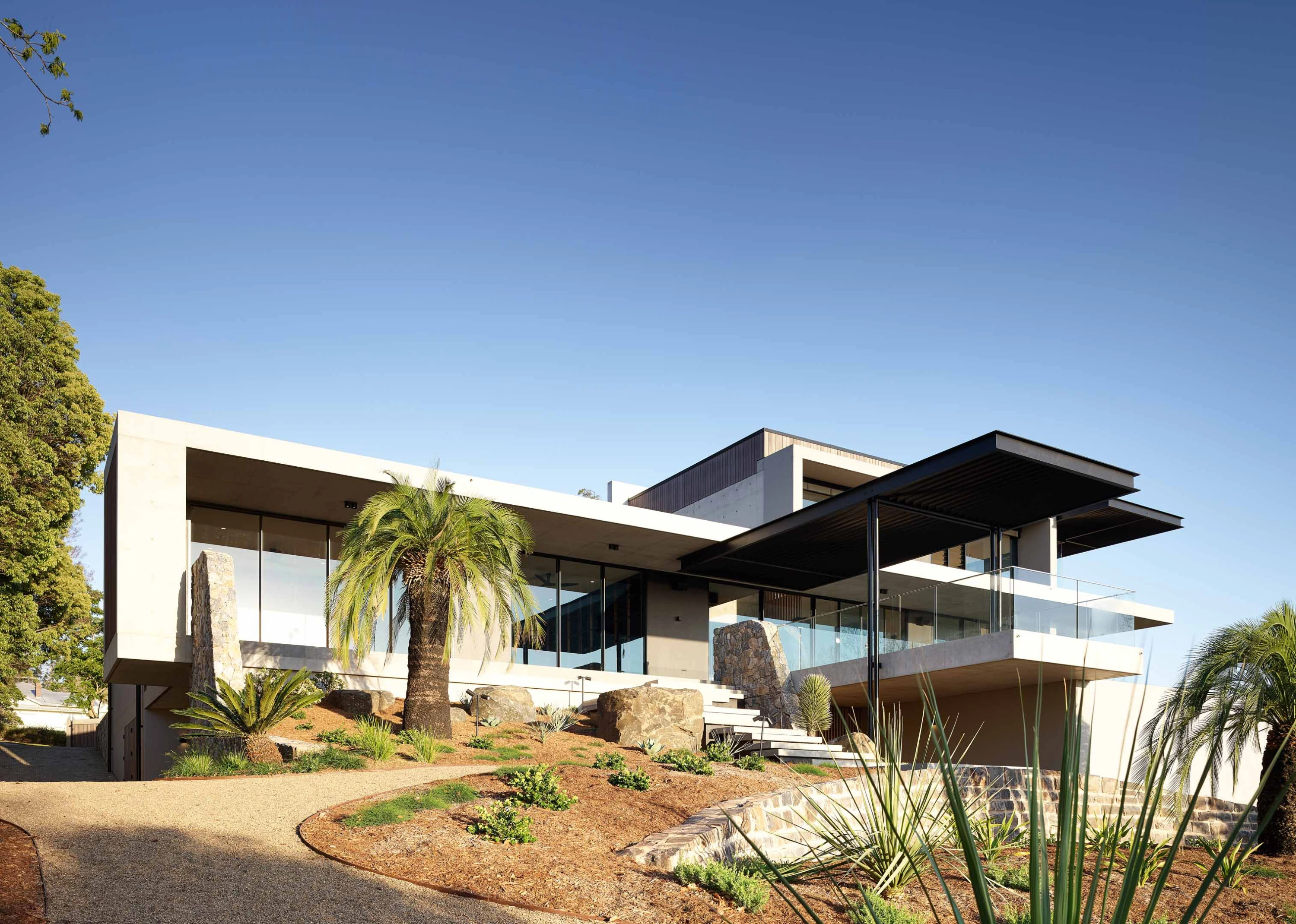
We used Vitrocsa doors throughout with a corner system that – when open – is completely non-existent.
How do you relate to the Vitrocsa philosophy of ‘less is more’?
I think it’s about how Vitrocsa allows seamless relationships at floor level between inside and outside – it’s the minimum psychological barrier. One of the massive benefits of Vitrocsa is that when the doors are open, you’re left with so little of the built components visible that one’s brain experiences the connection between inside and out as almost completely seamless, whereas if you had a different door system with a huge threshold, the psyche will experience it as a barrier.
Why do you choose to use Vitrocsa windows in your work?
It is the most minimal system that I’m aware of and certainly the most beautiful. It offers the most seamless connection but also the most robust handling of the environment. None of that minimalism or seamlessness comes at the cost of durability or practicality.
Is there anything about the brand or the product that has surprised you?
The first time I saw the Vitrocsa system installed in a project, the impact of how that seemingly subtle difference is actually massive when executed, that it’s of a totally different order – I don’t think I fully comprehended how extraordinary the system was until we had it built.
On our Noosa project, we used Vitrocsa doors throughout with a corner system that – when open – is completely non-existent. The extent of the connection between inside and out with the water beyond is arguably one of the most beautiful things we’ve achieved. Rather ironically, it’s the absence of the product that makes it so special.
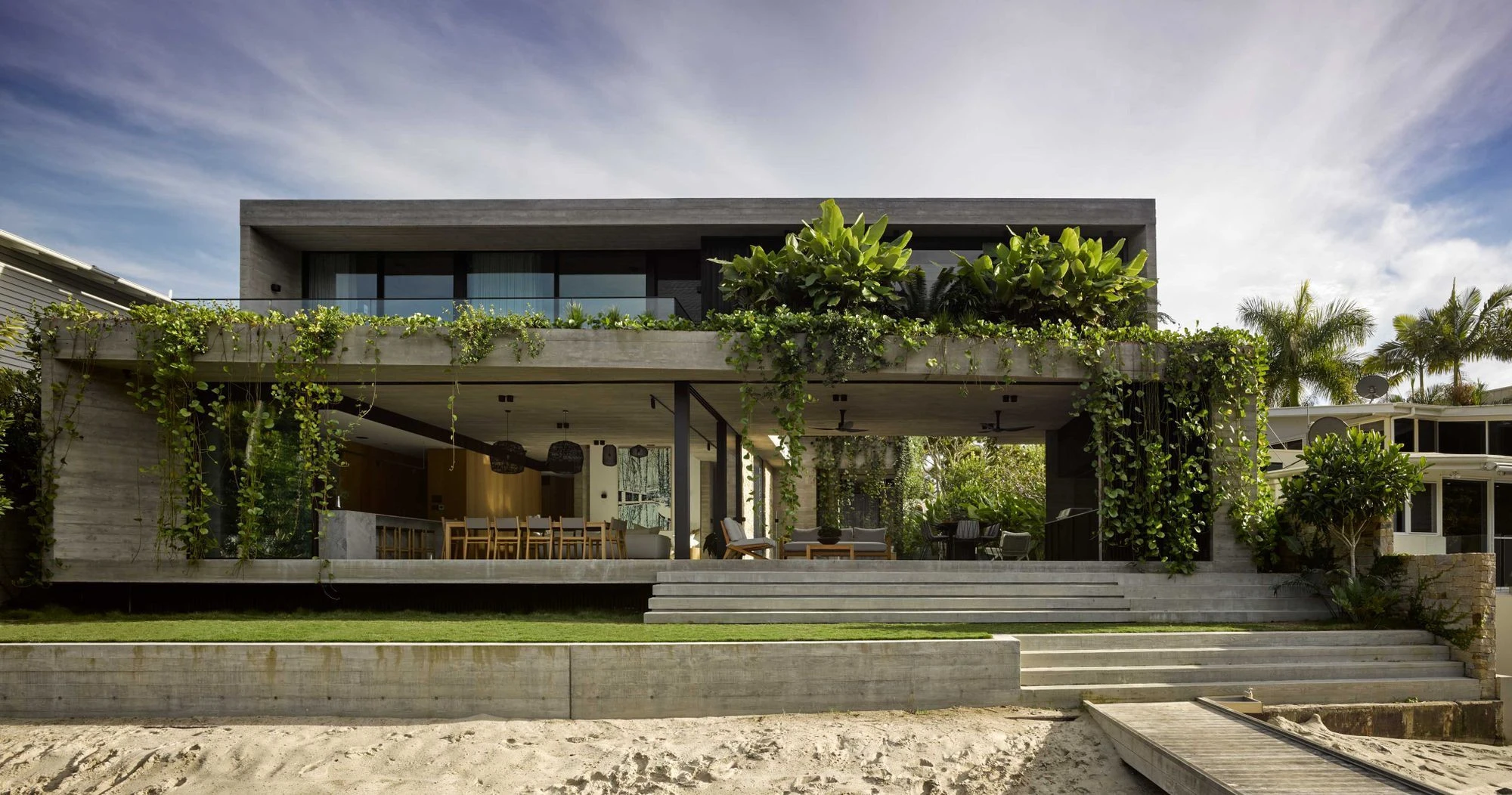
Looking beyond work, how would you spend an ideal day off?
I’m a hugely keen surfer, so my ideal day off would be a light southerly wind at Tee Tree at Noosa with an easterly swell and no other people in the water. I also spend a lot of time scuba diving; it’s like meditation. And I’d be remiss not to mention one of my greatest pastimes (and probably vices!): I’m a massive Porsche enthusiast, so getting out early in the morning and driving up a mountain with the roof down, no one else in the car.
I guess the common thread with all three activities is that I’m so focused on the task that I don’t think, and when I don’t think is when I get the greatest clarity.
Is there a dream project you’d like to work on?
It’s fair to say, at risk of sounding corny, that almost every project is well and truly within that airspace! We’re enormously blessed that we get to do a lot of aspirational beachfront homes – from Whale Beach in Sydney, to Byron Bay, to Brisbane, to Noosa, all the way up to 1770 in Cairns – so we’ve built houses over a 4,000-kilometre range of coastline! A lot of those really are dream projects.
But in the future, I would very much like to do a very small holiday house, be it on the coast or in the bush, where we can substantially build it into the ground and have a house that is experienced more by landscape than by built form.
Visit
sla.com.auCredits
- Rose Onans – Words
- Shaun Lockyer Architects – Architecture
- JW Constructions | Westera Partners | CGH Constructions – SLA collaborators
- Conlon Group – Landscape architecture Witta Circle
- Hong Henwood Design – Interior decoration Witta Circle
- Christopher Frederick Jones | Scott Burrows – Photography
